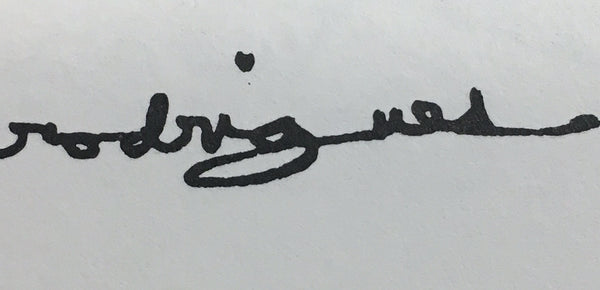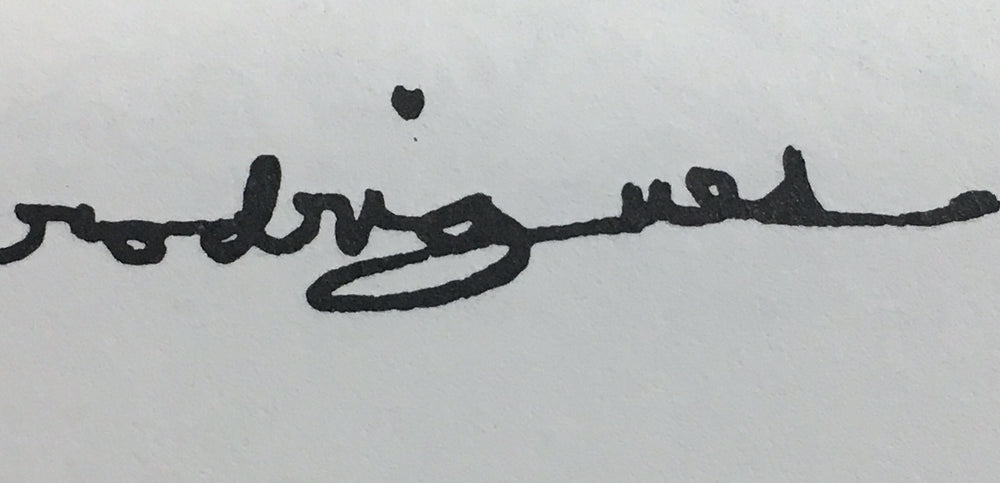I do enjoy a Single Malt scotch … the good stuff. I mean the really good stuff. The stuff that’s eye-wateringly expensive. Consequently, even though I do have a selection of perhaps a dozen really good Single Malts, I only treat myself very rarely.
I grew up in Glasgow, in a poor family, and my exposure to Scotch Whisky was not one which I look back upon with any great affection. While my own father was just an occasional drinker, his brothers and sisters all … how shall I put it … made notable contributions to the profitability of the alcoholic beverages industry. As did most of the populace of that great city. So while we only really had whisky in the house to serve to guests, it was invariably the cheapest stuff money could buy. And when, as inevitably happens, I reached an age when I became interested in tasting it, I discovered that it is an utterly revolting substance with no redeeming features whatsoever.
For most of my life nothing happened to change that viewpoint, until, for my 40th birthday, my brother bought me a bottle of Laphraoig Single Malt Scotch Whisky. For those of you who are not whisky connoisseurs, this is probably the single most in-your-face single malt on the market, and it will either spark a real interest in the drink, or will put you off for life. In my case it was the former. It got me over the hump to the point where I became interested in sampling other single malt scotches, while still absolutely detesting Famous Grouse, Haig, Bells, Teachers, and their ilk.
Thus it was, in about 1996, I went on a business trip to the Oxfordshire countryside with my friend Richard, where we stayed in an upscale country inn … which I think shall remain anonymous. Now, Richard is a man who has never met a barman he hasn’t immediately befriended. So, by our last night there, the two of them were on first name terms. We had pre-dinner drinks in the bar that night, followed by a sumptuous meal in the restaurant, and then back to the bar for a nightcap. Normally, I would bow out at that point and retire to my room, but Richard had established that the bar owner had assembled an impressive specialty collection of single malt scotches, and he suggested that we might like to try one or two. It seemed like a good idea …
In England, bars have a set closing time and so the window between the end of our supper and the closing of the bar would afford me time to nurse perhaps one carefully-selected expensive scotch. By then, Richard and I were the only ones in the bar, so we sat on our bar stools and chatted with the barman. Before I knew what had happened, my one carefully-selected scotch became two. And when closing time came along … well, we paid it no notice. The theme of the session became an appreciation of the individual characters of various single malt scotches. Richard and I and the barman, it seemed, found that we were able to talk on this one subject at increasingly great length.
At this point, I should mention the niceties of drinking in the bar of an English country inn. When you order a round of drinks, you order one for yourself, one for your companion, and one for the barman. Normally, the barman demurs from accepting the drink, and just pockets the price as a tip. But on this occasion the barman joined us with his own glass of single malt. So we kept going, Richard and I taking turns to stand rounds, one for each of us and one for the barman … the amount each time being added to our unseen tab. We sampled a great many different and relatively rare single malts that night.
The whole thing was going so swimmingly, that at one point the barman announced that he had a Fender Stratocaster, and would we like to play it? And of course we did. So off he went, and returned with a beaten up deep-blue Strat. No amplifier … just the guitar. We ordered another round of single malts and the barman played something for us on the unamplified instrument … I have no idea what it was, but we evidently expressed our unreserved enthusiasm. So then it was Richard’s turn. Now, Richard is a mean keyboard player, and his specialty is honky-tonk piano … but he doesn’t play the guitar. Nonetheless, he picked it up, thought for a moment, and announced that he could play “Smoke On The Water”. Which he actually did. Not well, it must be said, but a commendable attempt. Then it was on to me. Despite my protests, I was obliged to play something. So I announced that I would play a rendition of “Goodnight Irene”.
At this point I must make a brief detour. Back in 1978 I was living in Paignton, in the so-called English Riviera. I went with my friend Kevin to a country pub that had a reputation for live music. In the pub that night was a guitar duo who played in the corner surrounded by a small but enthusiastic audience. We went over and joined them, and were soon part of the fun. It was noisy, the beer was flowing, and in particular more of it was flowing in my direction than I was used to. As the evening came to an end, there was time for one last song. For reasons that still elude me, the band asked me if I wanted to join them for their last number. Now, propped up against the wall behind them was a bass guitar, and I knew my way around a bass well enough to be able to make something work, so I said sure, why not.
Except that they didn’t give me the bass. Nope, I was handed an acoustic guitar, while one of the two band members took the bass. I was informed that we were going to play “Goodnight Irene”. So, good news, we’re playing a song I know. But bad news, I can’t play a guitar to save my life. What am I to do?… Brainwave! There is an empty coke bottle on the table, so I slip it over the index finger on my left hand. I will play slide guitar. How hard can that be?
Well, the song starts, and I figure I need to be joining in, so I start to play away. But unfortunately, the other instruments are amplified, both the guys are singing, the (tiny) audience is cheering loudly, and I cannot hear a damn sound that my slide guitar is making. I am progressively playing louder, straining over the instrument to get my ear as close to it as I can, and I’m pretty sure I have the guitar hero screwed-up face going full on. But still I can’t hear a freakin’ thing. And moreoever, I don’t even know what I’m trying to play!
Well, the song eventually finishes, and I’m looking to get out of there as quickly as possible with my dignity as intact as I can manage it. But no, everybody is crowding around me, slapping me on my back, telling me how awesome I was, asking me what band I played for, and was I on any LPs that they might know? The band even asked if I would play with them again. I just got out as quick as I could. To this day, I haven’t the faintest clue what on earth came out of that guitar that night. There must be a handful of retired geezers in Paignton who still think they saw Jeff Beck back in the day, jamming in their local pub.
So back to 1996 Oxfordshire. And once again I am tasked with playing “Goodnight Irene” on a guitar, in a pub, after a skinful of booze. Remembering the Paignton episode, I was inspired to grab a handy shot glass to slide the Strat. To be absolutely honest, I don’t actually remember how it played out, except to say that it did, and that everybody seemed happy enough. So we ordered another couple of rounds of single malt. I’m a career 2–for–2 on drunken guitar with “Goodnight Irene”.
At this point the barman announces that the owner has a special single malt that he only ever serves to special friends. You can’t find this stuff in the stores. Apparently he buys it in person from the distillery. Did we want to try some? Damn right we did! I remember clearly that it was a Tomatin, and yes it was very, very good indeed. It is only very recently that I ever saw another one, and to my surprise it wasn’t unusually expensive.
But anyway, all good things must come to an end. We had consumed, between the three of us, a truly prodigious quantity of seriously expensive scotch, and had committed sacrilege on an old Fender Stratocaster that surely deserved better. I do remember the time … it was 3:40am, and we had to be leaving at 9:00 to catch our flights home. We bid our newfound friend the barman a good night, and staggered off up to our rooms.
In the morning, Richard and I met over breakfast, appropriately hung over.
“How much did we drink last night?”
“I totally lost count. An awful lot.”
“It’s going to cost us an absolute fortune!”
“You do realize, there’s no way we are going to be able to claim any of it on our expenses.”
“Yeah, I know. My wife’s going to kill me.”
We checked out separately, and in the cab to Heathrow we compared notes.
“I see they put everything on your room, then. My bar bill was only £19.”
Richard looked at me askance.
“No. Mine was £19 as well! ”
Our hangovers dissipated somewhat instantaneously. At Heathrow, we raised one more toast to Richard’s pal, the barman. Cheers, mate! Loud and prolonged!












